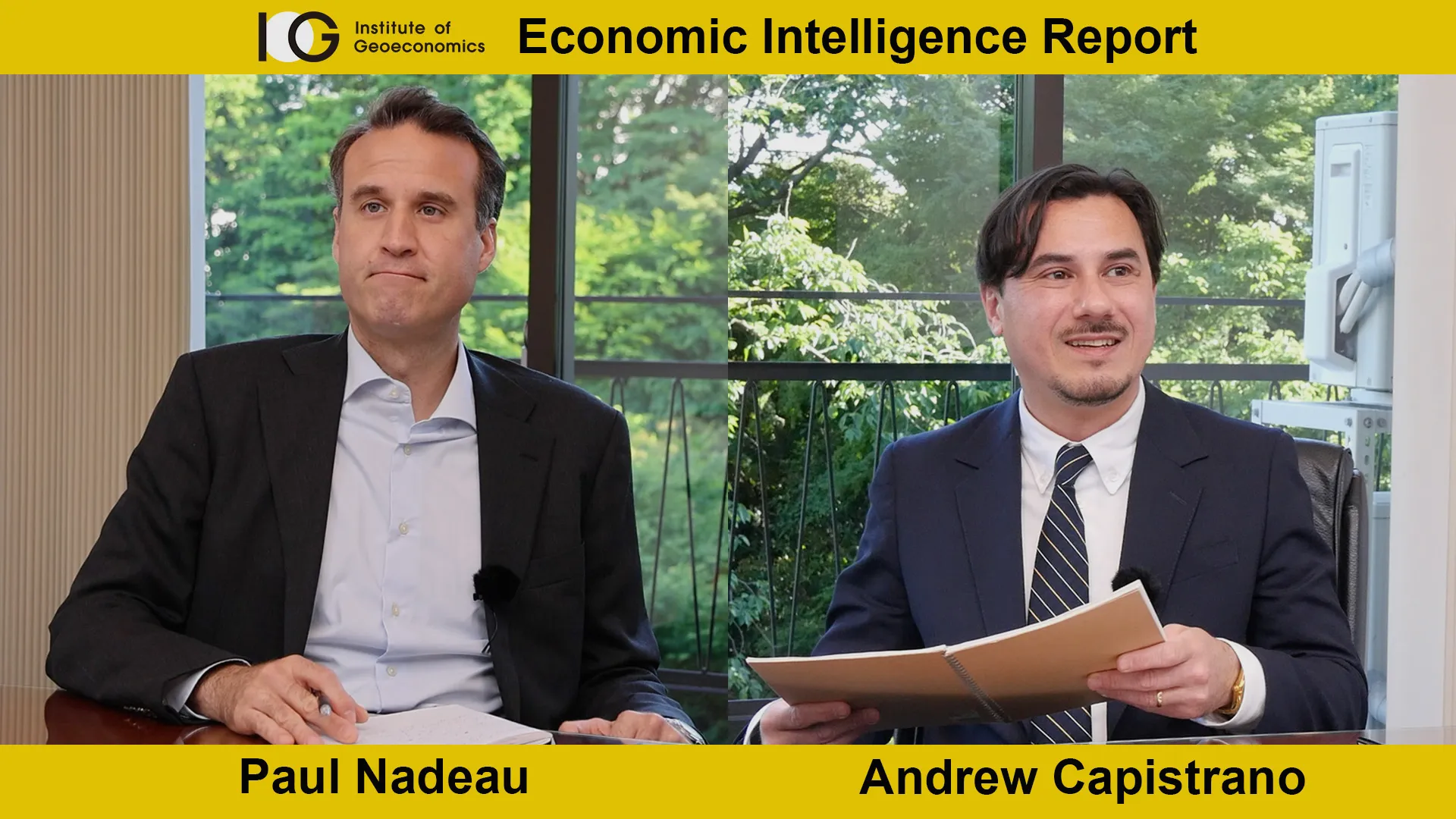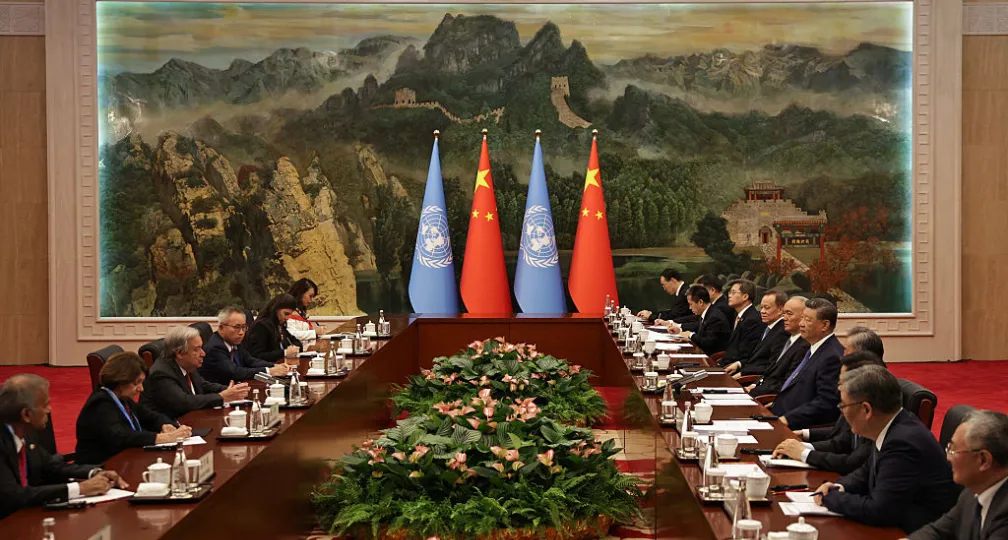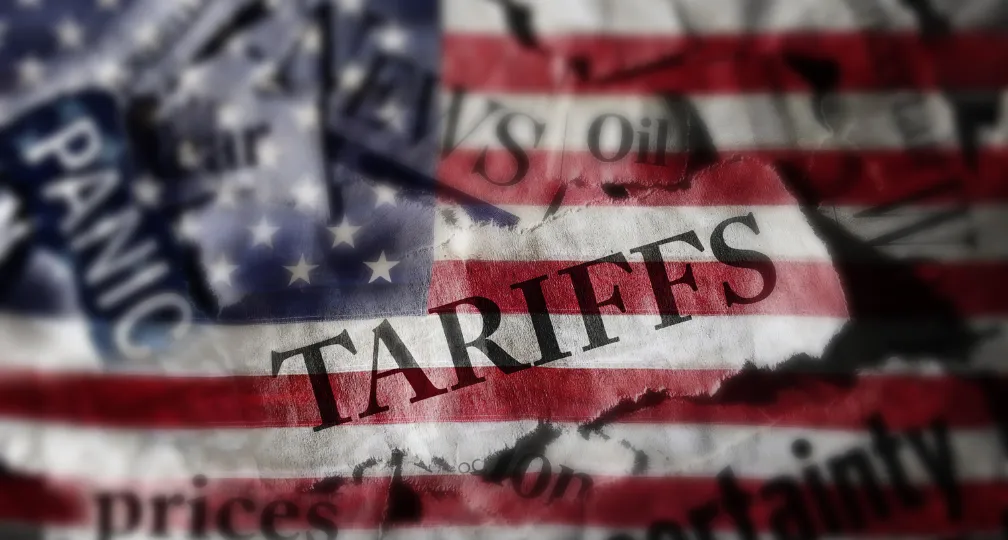IOG Economic Intelligence Report (Vol. 2 No. 16)

The latest regulatory developments on economic security & geoeconomics
Secretary Raimondo Visits Beijjing: China and the United States agreed to hold regular discussions on commercial issues and export controls during U.S. Commerce Secretary Gina Raimondo’s visit to Beijing on August 29. According to Secretary Raimondo, one working group will include business leaders and will discuss commercial issues, and another will be a government-to-government exchange of information about U.S. enforcement of export controls. According to a Commerce Department official, the discussions will cover how regulations are enforced but not how policy is made or which products are covered. Secretary Raimondo and her Chinese counterpart, Wang Wentao, further agreed to meet annually.
Italy Backs Out of BRI: Italy is expected to leave China’s Belt and Road Initiative at the end of this year when Italy’s participation comes up for renewal. Italian Premier Giorgia Meloni has been opposed to the project since Italy first joined in 2019 and is expected to put BRI renewal up for a vote before Italy’s parliament where a conservative majority would endorse Meloni’s plans to withdraw from BRI. During a meeting with Chinese Premier Li Qiang, Meloni emphasized her hope for continued strong economic relations with China, while neither country’s statement following the meeting mentioned BRI.
Rules for Office Equipment: China is considering revising rules that require office equipment makers to transfer product technology to China. The companies making the office equipment in question are mainly based in Japan and the United States and have been threatening to withdraw from China if the rules were not amended. There is speculation that China is trying to avoid loss of foreign investment amidst its current economic downturn. China is expected to release a draft of the revised rules that would go into effect in the first half of next year.
WTO Retailiation for China’s Seafood Ban: Japan is considering WTO action against China’s blanket ban on seafood imports from Japan following the release of treated wastewater from the Fukushima nuclear plant. On August 31, China notified the WTO of its measures to restrict seafood imports following the release of the treated water. China’s government has been opposed to the release of the wastewater, despite it being cleared by inspectors from International Atomic Energy Agency (IAEA). Japan is also expected to raise the issue with China based on the provisions of the Regional Comprehensive Economic Partnership (RCEP).
Resuming Dialogue: The Australia-China High Level Dialogue will take place in early September following a three-year pause resulting from Australian concerns about Chinese interference in its elections and Australia’s decision to prohibit Chinese firms from participating in Australia’s 5G network rollout. The Dialogue includes senior representatives from industry, government, academia and elsewhere to discuss trade and investment, as well as security issues. The meeting will be chaired by former Australian trade minister Craig Emerson and Chinese Foreign Minister Li Zhaoxing.
Hapag-Lloyd Frozen Out: Hapag-Lloyd, world’s fourth-largest container shipping company based in Germany, was left off a shortlist of firms bidding to acquire HMM, South Korea’s largest container shipping firm. Making the shortlist were Korean-based Harim, Dongwon, and LX Group. Analysts have said that following the pandemic and a greater emphasis on economic security worldwide, governments have prioritized domestic champions through subsidies, preferential loans, foreign ownership rules, and more. As HMM is seen to be one of the only Korean shipping firms that can compete globally following the 2017 bankruptcy of Hanjin Shipping, it is believed that domestic firms were given priority in the bidding.
Analysis: The Geoeconomic Risks of China’s Downturn
China’s economic slowdown was one of the biggest slow-burning news stories from the summer. There’s been a lot of debate about the causes of China’s economic troubles and whether it portends long-term economic stagnation or if it means that China has reached its peak as a major power. Settling those questions is beyond the scope of this newsletter, but it’s clear that there are some very real headwinds that won’t be solved easily, like demographic decline, diminishing returns on productivity, an overburdened real estate sector, and more. That’s not even considering what China’s slowdown might mean for the global economy given that China is the top export destination for 40 countries and the impacts of any downturn are going to be felt throughout the global system.
As far as geoeconomics is concerned, in many ways the question isn’t whether China has actually peaked; it’s whether China’s leaders think they’ve peaked. The corollary question they may be asking themselves is what’s holding them back – there’s no shortage of hypothetical answers, but there’s a nontrivial chance that a considerable chunk of the blame is placed on hawkish economic policies from the United States like tariffs and export controls. Obviously, these aren’t only what’s causing China’s economic hardship but if Chinese leaders begin feeling anxious about the trajectory of their country, then any additional forms of economic coercion toward China is going to sting that much more.
If that’s the scenario, then the risks of economic competition between China and the United States are much greater. It’s one thing if China is suspicious that the United States is trying to curtail its economic development during times of growth; it’s a much different thing if China holds those same suspicions during a moment of economic stagnation and they no longer have the promise of future growth to hold onto even amidst an expansion of export controls and investment restrictions.
This touches on a point made by the Fletcher School’s Dan Drezner, where states become more risk-acceptant if they’re more pessimistic about the future – if China swaps the optimism of its future trajectory or the pessimism of possible long-term slowdown, then its leaders may be tempted by riskier choices to forestall that possibility or even reverse it. It’s not hard to see how this might play out in Xi’s China, as an administration that could already be fairly bold about asserting economic and political control now becomes faced with what they might see as an existential threat to their future.
The other side of the coin is that while China may be more pessimistic about its future, economic stagnation in China may make the rest of the world more sanguine about the prospects of geopolitical competition and resultingly more optimistic about their own future. This is obviously true for Washington, where the “best case scenario” would be if the fear-mongering about China quietly subsides the way it did when Japan’s bubble collapsed and Japan became more or less “just another country” in the American mind. At the very least, stepping away from the idea that rising powers will inevitably go to war to with status quo powers would be nice for everyone.
The good news is that China’s response so far as been to emphasize international economic engagement as a way of staunching the economic damage, with interlocutors noting their Chinese counterparts becoming more pragmatic and recognizing the role of China-U.S. trade as China’s economy struggles. Forums like the Australia-China High Level Dialogue are restarting and controversial rules on technology transfers are in the process of being revised to encourage foreign investment to remain in China, both of which point to the possibility that China is trying to solve its economic downturn by maintaining its integration with global economy or at the very least, not isolating itself from the rest of the world.
Simultaneously, the Biden administration seems to be making genuine efforts to demonstrate the limits of U.S. economic statecraft to their counterparts in Beijing, most recently with Commerce Secretary Gina Raimondo’s visit. It’s fair to be skeptical about successful these overtures might be because the line the Biden administration is extremely narrow and it will always be a tough sell to convince China that restricting their access to advanced technology was based on security concerns and only security concerns rather than trying to put a hard cap on China’s future economic growth. It’s a difficult message, but one that needs to be communicated consistently to avoid the impression that U.S. economic policy toward China is more sinister.
Still, Japan’s economic downturn wasn’t cost-free – it upended the previously stable political system and led to “lost decades” that successive governments have spent untold amounts of political capital trying to correct for more than thirty years. Japan’s experience might be a best-case scenario for China but it’s certainly not risk-free, especially when China’s current leadership biases nationalism and centralization. Firms operating in China have already reported a redoubled emphasis on “Xi thought” and ideological training in a bid to solidify regime support amidst the downturn. Adam Tooze suggests that it was China’s apparent success in controlling COVID that emboldened Xi’s regime to tackle other apparent risks like tech oligarchs, discontent in Hong Kong, and the real estate bubble – with the managed deflation of the real estate bubble being the most risky of the three and one of the most immediate causes of China’s recent downturn.
At the end of the day, if what matters most is how China’s leaders see the country’s direction, then the United States and its partners should try to do as much as they can to give them the choice of a positive outcome. There are lots of potential scenarios for the direction of China’s economy and what it might mean for geopolitical competition with the United States. The good news and bad news is that more paths have opened up for both new solutions and further contestation.
Disclaimer: The views expressed in this IOG Economic Intelligence Report do not necessarily reflect those of the API, the Institute of Geoeconomics (IOG) or any other organizations to which the author belongs.
API/IOG English Newsletter
Edited by Paul Nadeau, the newsletter will monthly keep up to date on geoeconomic agenda, IOG Intelligencce report, geoeconomics briefings, IOG geoeconomic insights, new publications, events, research activities, media coverage, and more.


Visiting Research Fellow
Paul Nadeau is an adjunct assistant professor at Temple University's Japan campus, co-founder & editor of Tokyo Review, and an adjunct fellow with the Scholl Chair in International Business at the Center for Strategic and International Studies (CSIS). He was previously a private secretary with the Japanese Diet and as a member of the foreign affairs and trade staff of Senator Olympia Snowe. He holds a B.A. from the George Washington University, an M.A. in law and diplomacy from the Fletcher School at Tufts University, and a PhD from the University of Tokyo's Graduate School of Public Policy. His research focuses on the intersection of domestic and international politics, with specific focuses on political partisanship and international trade policy. His commentary has appeared on BBC News, New York Times, Nikkei Asian Review, Japan Times, and more.
View Profile-
 Japan-India Defense in a Fragmenting Indo-Pacific2025.12.10
Japan-India Defense in a Fragmenting Indo-Pacific2025.12.10 -
 The “Economic Security is National Security” Strategy2025.12.09
The “Economic Security is National Security” Strategy2025.12.09 -
 India - Japan: The Glimpse of a Shared Vision2025.12.05
India - Japan: The Glimpse of a Shared Vision2025.12.05 -
 Beijing’s ‘Globalist’ Agenda Under Trump 2.02025.12.01
Beijing’s ‘Globalist’ Agenda Under Trump 2.02025.12.01 -
 Trump’s Tariffs Might Be Here to Stay – No Matter Who’s in Power2025.11.28
Trump’s Tariffs Might Be Here to Stay – No Matter Who’s in Power2025.11.28
 Event Report: The Trump Tariffs and Their Impact on the Japanese Economy2025.11.25
Event Report: The Trump Tariffs and Their Impact on the Japanese Economy2025.11.25 The Real Significance of Trump’s Asia Trip2025.11.14
The Real Significance of Trump’s Asia Trip2025.11.14 The long road to a South Korea-U.S. trade deal2025.11.26
The long road to a South Korea-U.S. trade deal2025.11.26 The “Economic Security is National Security” Strategy2025.12.09
The “Economic Security is National Security” Strategy2025.12.09 India’s Structural Reforms: Opportunities and Risks2025.11.14
India’s Structural Reforms: Opportunities and Risks2025.11.14











